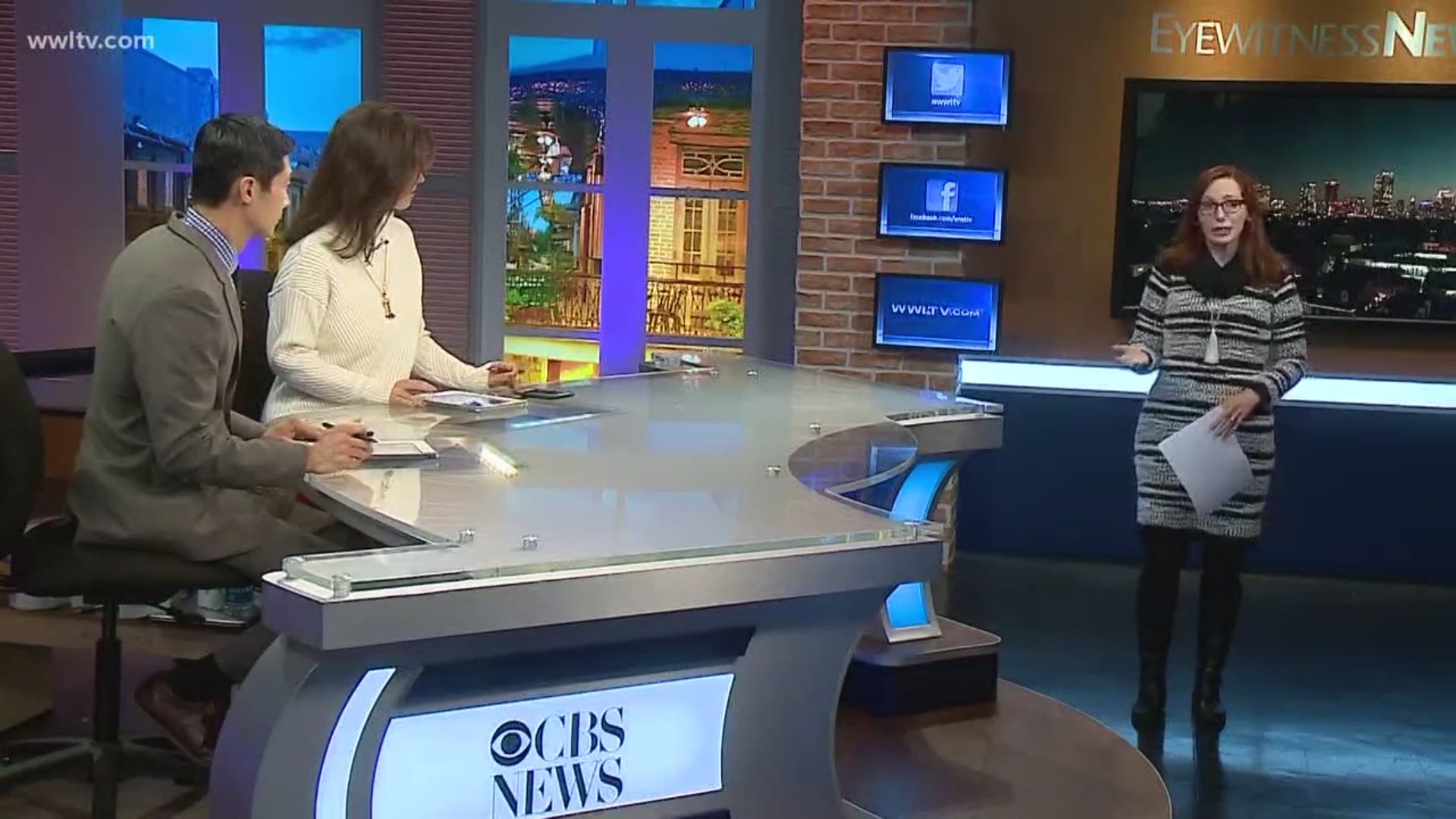NEW ORLEANS -- A water system described by the New Orleans Mayor as "compromised" and the shallow depth of the city's infrastructure could both be contributing factors to a critical drop in water pressure that stretched into its second day on Jan. 18.
Blaming years of deferred maintenance, Mayor Mitch Landrieu said, "It shouldn't be confusing to anybody in the city of New Orleans who's lived here since Katrina that we have a compromised system."
Instead of consistent problems with the power plant that keeps the water pushing through the city's often-crumbling pipes, the leaks themselves and the lack of depth of buried lines may contribute to the problems the water system has in handling a lingering, hard freeze.
"I think for this region, the codes are different. We don't have a quote-unquote-frost line in the south like they do up north where buried infrastructure is to be below that frost line. We meet the applicable codes in this area and with these being very few and far between events," said S&WB Interim Operations Manager Joe Senseebe.
Much of the leadership of the S&WB left after two floods devastated homes and businesses during heavy rain storms last summer. While the intensity of the rain contributed to that flooding, a series of investigative reports titled "Down the Drain" revealed questionable decision making, a lack of maintenance and problems with the city's drainage system also played a major part.
Thursday night, the S&WB had identified five major water mains that had broken, with an unspecified number of smaller breaks, spewing out purified drinking water needed to keep the water pressure at a safe level.
Landrieu said Thursday that the city's water system loses approximately 40 percent of the water it puts out. He pointed out that a $2 billion dollar federally-funded repair of the city's roads and pipes is currently underway.
Marcia Edwards, the interim Executive Director of the S&WB, said the system typically produces 135 million gallons of drinking water a day, but during the recent cold snap, that led temps to dip into the 20's, the agency has been putting out 170 million gallons a day.
Officials said Thursday broken pipes and increased usage from residents running water to prevent breaks both led to the drop in pressure, and despite the increase in S&WB output, water pressure dropped below the 15 psi threshold set by health officials as a safe level.
In Jefferson Parish, officials dealt with similar problems Thursday, issuing a precautionary boil advisory on the East bank when water pressure began dropping in the early morning hours, in some locations, below 30 psi.
"You have residents right now who aren't getting any water to their home. So, that obviously leads us to believe there could be contamination in the lines because if anything is able to enter into those pipes, that could be an issue," said Jefferson Parish President Mike Yenni.
It's the first boil advisory of its kind for the East bank of Jefferson since Hurricane Katrina, according to Yenni.
72 of 82 major water line breaks had been repaired in Jefferson by Thursday afternoon, with additional repairs expected Friday.
Landrieu cautioned that the problems with New Orleans' water system could linger through the weekend, as temperatures are forecasted to climb into the 70's.
Thursday's advisory is at least the 11th boil water advisory issued for the East bank of New Orleans since Hurricane Katrina in 2005.

